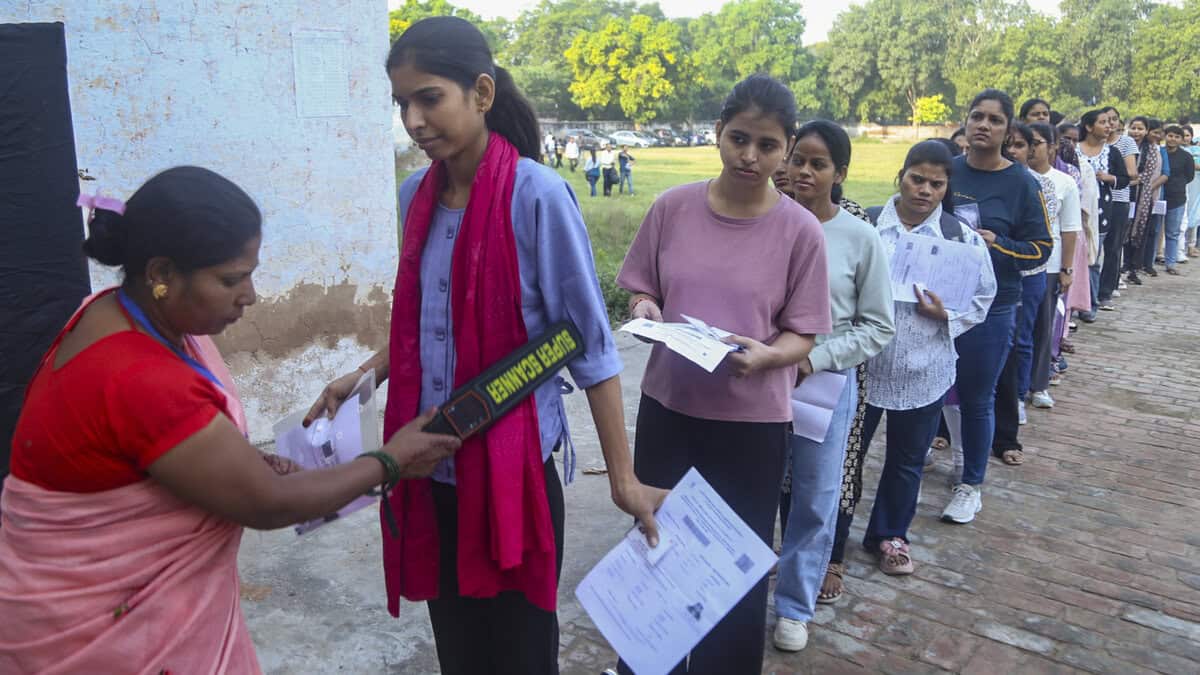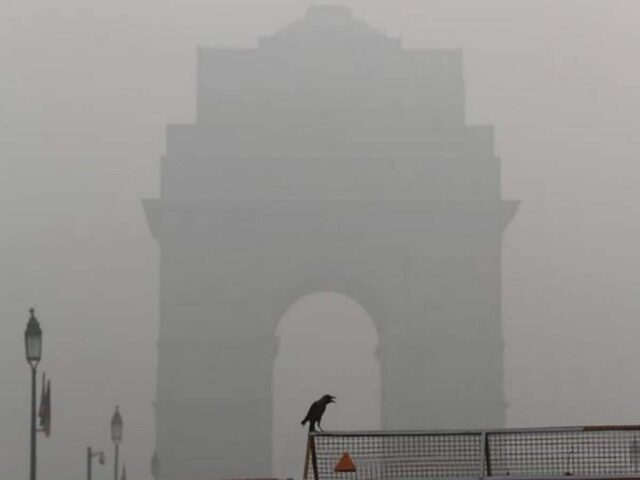New Delhi: Delhi woke up to a thick blanket of smog on Tuesday morning, with air quality plunging back into the “severe” category and drastically reducing visibility across the city.
As temperatures drop and wind speeds decline, pollution levels have surged, leading to an emergency response from authorities.
At 6 a.m. on Tuesday, the Air Quality Index (AQI) recorded alarming levels across key monitoring stations: 465 in Anand Vihar, 456 in Ashok Vihar, 447 at DTU, 443 at ITO, 412 near Jawaharlal Nehru Stadium, and 427 at RK Puram. The capital’s overall AQI stood at 401 on Monday night, a sharp spike from 294 on Sunday and 193 on Saturday, indicating a severe deterioration over just two days.
Experts attributed this drastic rise to a significant drop in wind speed, which has allowed local pollutants to accumulate. Forecasts suggest that air quality will remain at the higher end of the “very poor” to “severe” categories in the coming days due to persistent adverse meteorological conditions.
In response, the Commission for Air Quality Management (CAQM) invoked Stage 4 of the Graded Response Action Plan (GRAP) late Monday evening, following an emergency meeting. Stage 3 measures were earlier implemented during the day but were deemed insufficient as pollution continued to rise.
As part of the Stage 4 emergency measures, all classes in schools, except for grades 10 and 12, across Delhi and NCR districts will now shift to a “hybrid” learning mode, allowing online and offline classes. The Directorate of Education (DoE) had earlier directed primary schools to move to hybrid learning under Stage 3.
The Central Pollution Control Board (CPCB) classifies an AQI over 400 as “severe,” highlighting serious health risks for all residents. Authorities have urged strict enforcement of anti-pollution measures and advised residents, particularly vulnerable groups, to limit outdoor activities.
With winter intensifying and pollution levels rising, Delhi’s battle with smog remains a pressing concern.
















































